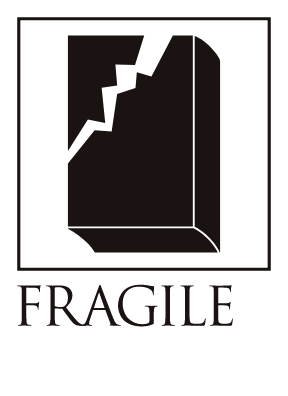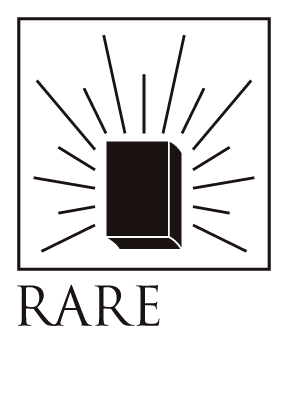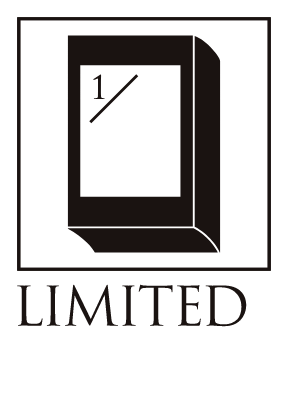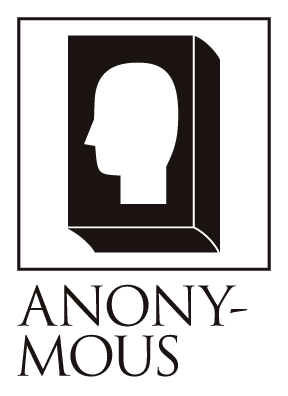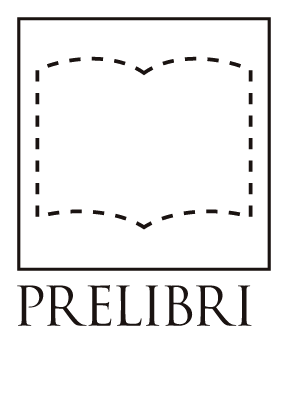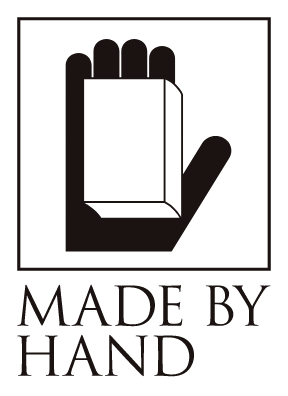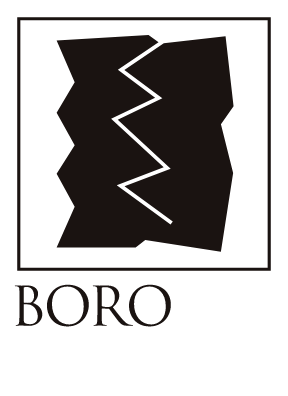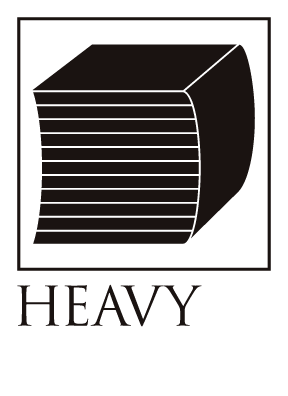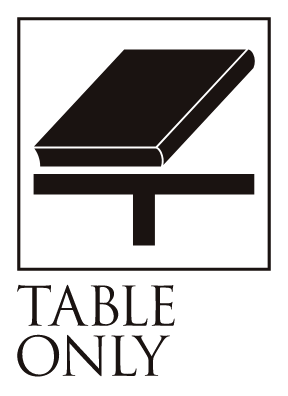VARIATION/Mizutsu Tatsudai
Bibliographic Details
- Title
- echo
- Artist
- Koo Bohnchang / 具 本昌 (クー・ボンチャン)
- Editor
- Director + Editor + Publisher: Osamu Kushida / 櫛田 理
- Designer
- Nobuhiro Yamaguchi + Midori Yamaguchi / 山口信博+山口美登利
- Images
- Koo Bohnchang / 具 本昌 (クー・ボンチャン)
- Publisher
- FRAGILE BOOKS
- Year
- 2025
- Size
- h310 × w230 × d6mm
- Weight
- 500g
- Pages
- 84pages
- Language
- English / 英語
- Binding
- Retchoso binding / 列帖装
- Materials
- Main paper: Haimenou 64.5kg, Sleeve paper: Curious TL-N 176kg / 本文用紙:ハイメノウ 64.5kg、スリーブ用紙:キュリアスTL-N 176kg
- Edition
- Limited edition of 100 copies / 限定100部
- Condition
- New
Bookbinding: Akie Tsuzuki ,Limited edition of 100 copies, numbered and signed./ 造本:都筑晶絵、番号付き限定100部。サイン入り。
If cracks and blurs become part of the scenery
It is possible to arrive at a landscape without drawing it
It should be possible.
Metallic light spreads. Microscopic units that are like cells, particles, or stains are piled up. But they are not cells, particles, or stains. They look irregular, but they have rhythm. This painting does not point out the path of vain, nor does it drag on the past.
Takashi Hiraide
(From the preface of this book)
-
This is the first collection of works by Tatsuya Mizutsu, who has left the world of Japanese painting and is exploring new horizons. It includes 80 full-size works from his series "Khora," which is made entirely from ink and aluminum.prose writerTakashi HiraideThe preface was written by graphic designer and haiku poet Nobuhiro Yamaguchi.It is bound.
The number of copies issued is limited to 500. All copies will have a serial number. Of these, no. 1 to no. 15 are special editions that contain an original work and book in a special box made by bookbinder Akie Tsuzuki.
We spoke to Mizutsu about the background that led to this book.
-
What was the origin of this series of paintings?
How can I do this? I searched for my own method through trial and error. I began to seek works that opened up further, from realistic depictions of real scenes to imaginary landscapes.
Yes. Originally, Japanese people have found scenery in the surface of tea bowls or in the smudges of ink. It is precisely in these coincidences that transcend human intervention that we have sensed indescribable beauty. If that is the case, then surely it is possible to arrive at a landscape without painting it? That is what I began to think.
The essence of painting is not in the "subject" but in the "way of painting." And if that's the case, then all that remains is the act of painting. That's what I realized.
---In that case, the landscape does not require a specific "place."
There is no longer any need to depict a space that is based on a specific place.Topos (Topos = concrete landscape)fromKhora (Cola = a place created by action)I see this as a change to.
---The title of the series of paintings is "Khora" is a phrase used by Plato in his cosmological treatise, "Timaeus," and refers to the motherly place from which all things are born.
It is a word that comes from ancient Greek and refers to a state in which the subject and object are undivided. In other words, it is a state in which there is no division between me and the rest of the world, and the subject and object are fused together.
---Like when you're just listening to music absentmindedly?
That's right (laughs). In Japan, there is the logic of place of Kitaro Nishida, and there is an essential commonality with Eastern thought. I intuitively felt that there was a pictorial space to tackle there. The only materials I used were aluminum, which has become mass-produced through modernization, and ink, a traditional material of the East. I layered them repeatedly using Chinese brushwork.
---Unintentional ink marks fill every corner of the screen.
The scenery changes in countless ways depending on the viewing angle and the lighting. The state of mind from which one faces it also produces countless variations. These discontinuous variations blend together binary concepts such as East and West, culture and civilization, individuality and wholeness.
---Even this book has undergone numerous revisions, resulting in discontinuous variations.
I'm glad that my first collection of works has turned out this way. It's truly a book that feels like a landscape.
◉About delivery of products
We plan to start shipping from mid-July. Once we have an estimate for shipping, we will contact customers who have purchased the product by email to inform them of the delivery date and time.
◉About the product
The sleeve case for this product is made of paper containing long fiber recycled paper. Enjoy the different expressions that come from the unique characteristics of the material.
Author Profile
Tatsuhiro Suizu
Born in Hiroshima Prefecture in 1987. Graduated from the Master's Program in Japanese Painting at the Graduate School of Fine Arts, Tokyo University of the Arts in 2013. Participated in the "National Treasure Ban Dainagon Emaki" reproduction project (2013). Completed the Omine Okukake training pilgrimage (2016, 2018). Major solo exhibitions include "Traces" (Entoku-in, 2025) and "Soyu" (Nihonbashi Mitsukoshi Main Store, 2022).
